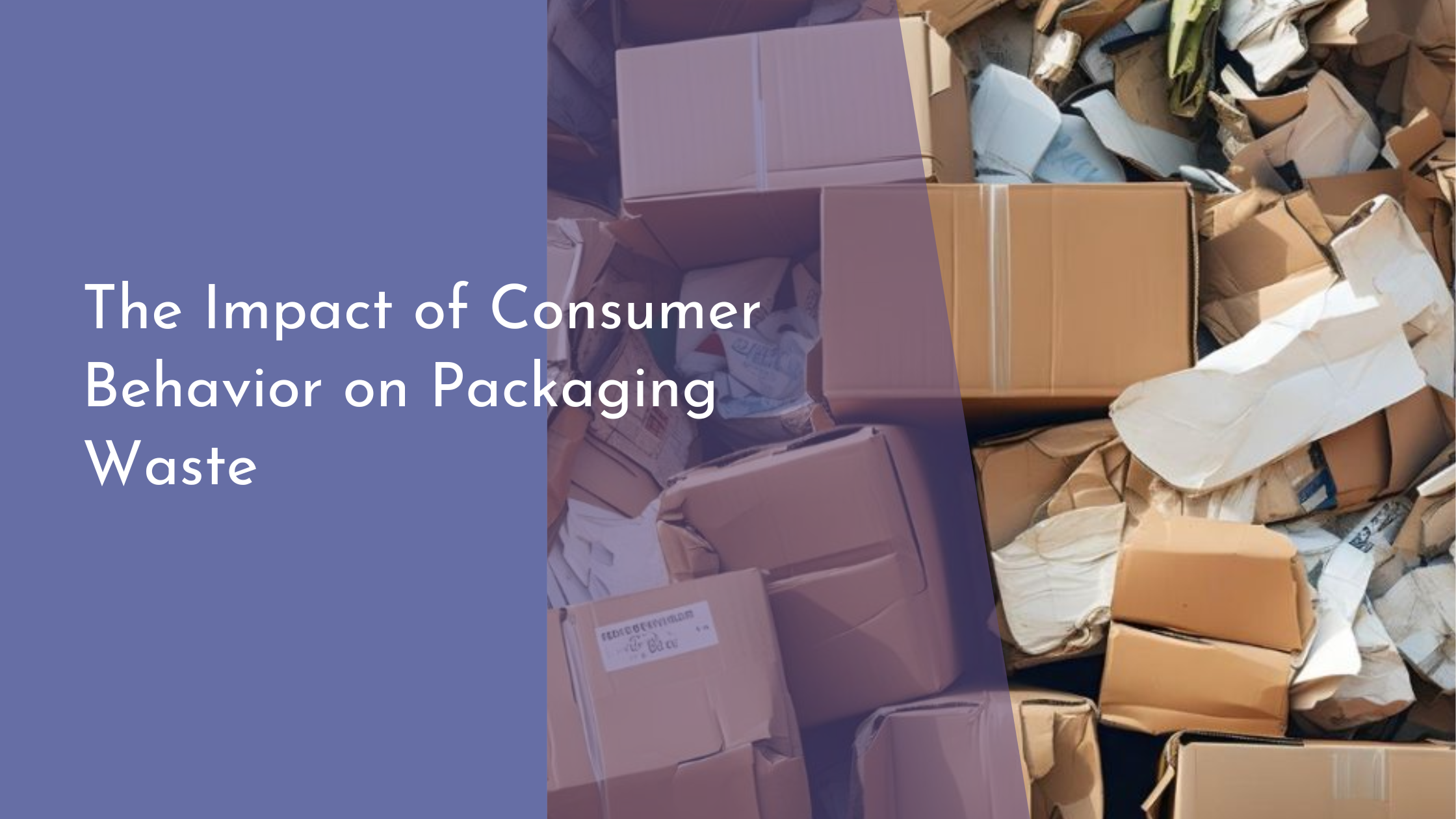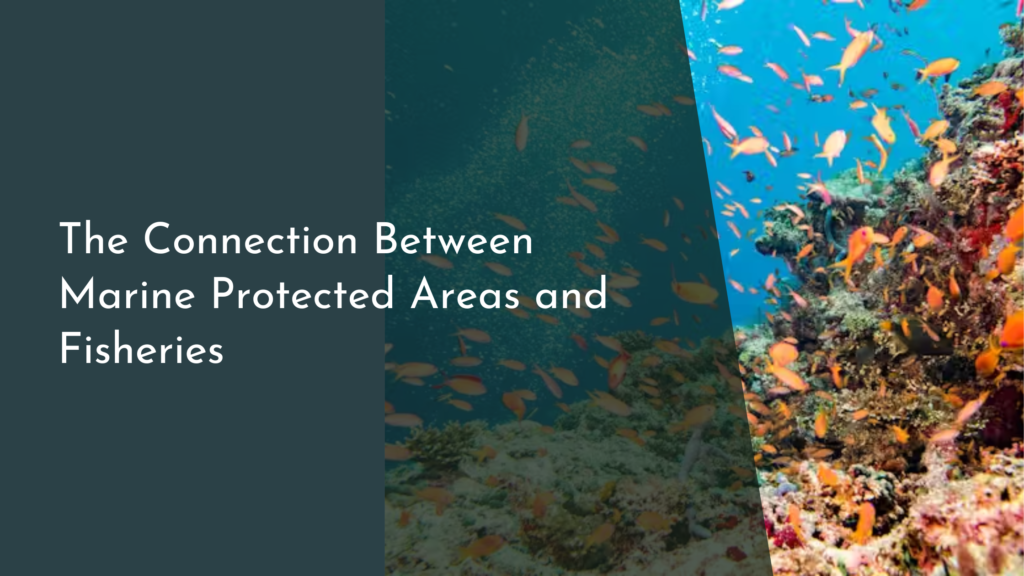The Impact of Consumer Behavior on Packaging Waste
In today’s fast-paced world, consumer behavior significantly influences the amount of packaging waste we generate. As shoppers, our choices and habits create a ripple effect that impacts not only the economy but also the environment. Understanding the nuances of consumer behavior and exploring eco-friendly solutions are crucial steps toward a sustainable future. This article delves into how our purchasing patterns contribute to packaging waste and highlights innovative strategies that can help reduce this burden on our planet.
Understanding Consumer Behavior and Its Effects
Consumer behavior refers to the actions and decision-making processes of individuals when purchasing goods and services. This behavior is influenced by various factors, including cultural, social, psychological, and personal aspects. For instance, the rise of e-commerce has led to an increase in packaging waste as consumers prioritize convenience and speed over sustainability. Additionally, marketing strategies and trends play a significant role in shaping consumer preferences, often leading to impulsive buying and increased packaging consumption.
The effects of consumer behavior on packaging waste are profound. Single-use packaging, largely driven by the demand for convenience and hygiene, contributes significantly to the burgeoning waste problem. Many consumers are unaware of the long-term environmental impact their purchasing choices have, resulting in a disconnect between their consumption habits and sustainability goals. Addressing this gap requires a concerted effort from industries, governments, and consumers themselves to encourage more responsible and informed purchasing decisions.
The Link Between Purchasing Habits and Waste
There is a direct correlation between purchasing habits and the generation of packaging waste. For instance, frequent online shopping and the preference for products with excessive packaging lead to an accumulation of waste. Consumers often prioritize product protection and aesthetics over sustainability, choosing items that come with layers of unnecessary packaging. This trend is exacerbated by industries that utilize packaging as a marketing tool to attract customers, thus further driving waste production.
However, evolving purchasing habits offer a silver lining. As awareness of environmental issues increases, more consumers are beginning to favor brands that prioritize sustainable packaging solutions. This shift in preference is encouraging companies to adopt eco-friendly practices, such as reducing packaging size, using recyclable materials, or offering innovative packaging designs that minimize waste. The power of the consumer lies in making conscious choices that can compel businesses to meet growing demands for more sustainable packaging options.
Innovations in Eco-Friendly Packaging Solutions
Innovations in eco-friendly packaging are paving the way for a more sustainable future. Biodegradable materials, such as plant-based plastics or compostable paper, are gaining popularity as they break down more efficiently without leaving harmful residues. Companies are also exploring reusable packaging systems, where consumers can return packaging for reuse, reducing the need for single-use materials. These advancements not only help mitigate environmental impact but also align with consumer expectations for green initiatives.
Moreover, smart packaging technology is emerging as a promising solution to waste reduction. By integrating sensors or QR codes, packaging can provide consumers with information about the product’s lifecycle, encouraging them to recycle or dispose of it properly. This empowers consumers to make informed decisions and actively participate in waste reduction efforts. By embracing these innovations, industries can significantly decrease their environmental footprint while meeting the growing demand for sustainable products.
A Bright Future: Reducing Waste Through Awareness
Raising awareness about the impact of consumer behavior on packaging waste is vital to fostering a culture of sustainability. Education and advocacy campaigns can equip consumers with the knowledge they need to make environmentally conscious choices. Simple actions, such as opting for products with minimal packaging or supporting brands committed to sustainability, can collectively create a significant positive impact on the environment. By prioritizing awareness, society can work toward a future where waste is minimized and resources are conserved.
Moreover, collaborative efforts between governments, businesses, and consumers can drive meaningful change. Policy measures, such as incentives for sustainable packaging innovations or stricter regulations on waste management, can encourage industries to adopt eco-friendly practices. Simultaneously, consumers can wield their purchasing power to support brands that align with their environmental values. Together, these efforts can pave the way for a brighter, more sustainable future where waste is not just reduced but effectively managed for the benefit of our planet.
The impact of consumer behavior on packaging waste is undeniable, but it also presents an opportunity for positive change. By understanding the link between our purchasing habits and the waste we generate, we can make more informed choices that benefit the environment. Embracing innovative packaging solutions and promoting awareness are key steps in reducing waste and fostering a sustainable future. As consumers, industries, and policymakers work together, we can envision a world where packaging waste is minimized, and our planet is preserved for generations to come.


